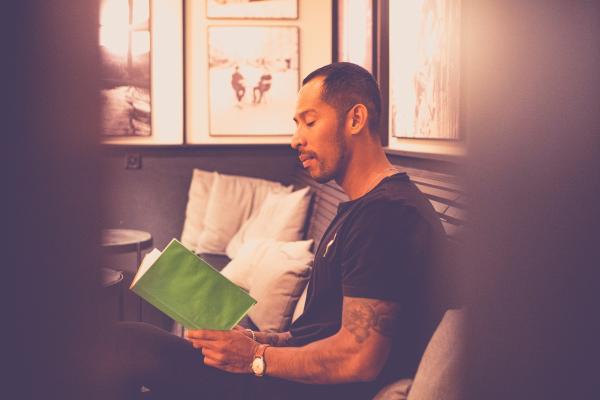File this under remembering the past.
“On April 4, 2024, the CDC reported 113 cases of measles in 18 states and jurisdictions. These outbreaks were consistent with a CDC survey showing that more parents are choosing religious exemptions for their children. Because measles is the most contagious of the vaccine-preventable diseases, it’s always the first to come back. It’s the “canary in the coal mine” for fraying vaccine rates.”
That is an introduction to a story about measles in Philly in 1990 by Paul Offit’s Beyond the Noise, Measles Is Back,
The death of Tupperware may yield some significant lessons, it did for me in my Aha moment when I realized that those home sales to friends had now been super-sized to influencers on social media.
“The Tupperware origin story is a near-perfect fable of 20th-century American ingenuity. Earl Tupper, the product’s namesake, was a serial inventor who used mid-century advances in plastics technology to develop the first range of airtight food containers affordable for middle-class households. Tupperware debuted in 1946, but it didn’t really take off until a few years later, when Brownie Wise, a divorced mom from Michigan, began selling the stuff to friends and neighbors she invited to her home. Her success caught the attention of Tupperware, and then of women across America who had gotten a taste of the working life during World War II but had been displaced from their wartime jobs by men returning from military service. Many of them began selling the food containers to their friends and neighbors in the living-room showcases that became Tupperware parties.”
From The Atlantic, Tupperware Is in Trouble
“In language, all things are possible. Which means that no emotion is untranslatable. No sorrow is too obscure to define. We just have to do it.
[…]
Despite what dictionaries would have us believe, this world is still mostly undefined.”
Consider this word:

From Marginalian, The Dictionary of Obscure Sorrows: Uncommonly Lovely Invented Words for What We Feel but Cannot Name
Finally, some make a conspicuous display of their wealth, others not so much. However, a Birkin bag, even if bought gently used, is a signal of sorts. It ain’t easy in the top 1%.
“Should you want to own a Hermès Birkin handbag, there are two main reasons that’s probably not in the cards. The first limiting factor is that even in its smallest size and most basic format, the Birkin, which has been one of the luxury industry’s ultimate brass rings for decades, has a starting price tag of more than $11,000—roughly what you’d currently pay for a gently used 2013 Honda Accord. The second is that even if you have the money, one does not simply waltz into one of the hundreds of Hermès boutiques worldwide and walk out with their bag of choice, and certainly not a Birkin. There are too few of these bags—of most types of Hermès bags, at this point—to satisfy everyone willing to pay up, even at five-figure prices. And if they’re in stock, they probably still aren’t available to you.”
From The Atlantic, Why Rich Shoppers Get So Angry About Hermè




